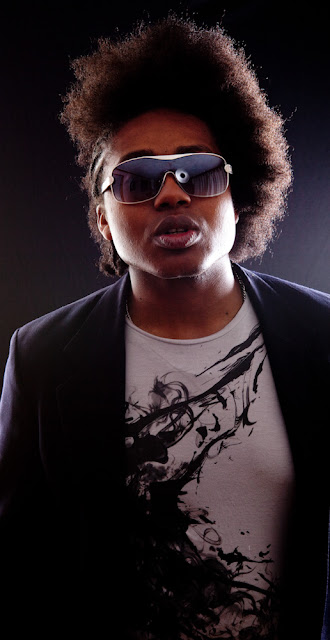Sleep No More is an immersive theatre and dance production based on Macbeth that has been running in New York for a number of years. Recently they extended their run to include a time I was actually going to be in the city, which meant that I could see it, finally; until now, the only Punchdrunk show I’d been able to see was Against Captain’s Orders, which I felt was fun but too controlled and linear.
The same criticism certainly can’t be applied here. Sleep No More takes place in the big, multistory “McKittrick Hotel” (not an actual hotel). The audience is masked, but free to wander. The whole place has been dressed as a complex set, with furniture and scenery features representing everything from a graveyard at night to an early 20th century mental institution. Scenes from Macbeth are staged as physical vignettes with no or almost no dialogue: these vignettes are mimed or (in some cases) danced, often in slow motion. There were some additional vignettes where it wasn’t clear to me how what I was seeing related to the plot of Macbeth, as well. Indeed, understanding a plot wasn’t really the point of the experience, as far as I could tell.
I did see a ritual performed by the witches: lots of strobe lights and nudity and fake blood and loud music. One of the performers took off his bull-head mask and set it on a counter near me. In the flashes of light it seemed to be staring at me, daring me to touch it.
I saw a murder, sort of: the actual killing took place behind a bar. I saw a ballroom dance; I saw the same room later, full of fake Christmas trees, which I took for Birnam Wood. My husband says it was a maze, and that by solving it, he found a nurse writing in mirror-writing on the bark of a tree.
I saw the banquet attended by Banquo’s ghost three times over, by accident. I saw Macbeth bathed, and Lady Macbeth mad, and Macbeth hanged by a noose until the lights cut out. I also saw a nurse at a mental institution dancing wildly on a table, and a guest checking into a hotel, and someone (Duncan, I think?) being shaved by a manservant who did not seem very careful.
Beforehand, friends told me that the cast members sometimes took individual audience members aside for scenes that included some private agency, but that otherwise I shouldn’t expect to have any control over the story to speak of (this proved to be true); also that I should concentrate on following actors around, since just wandering the set might not prove very satisfying. In spite of this advice I did sometimes look through the props, and this provided serendipitous moments: just after seeing Lady MacDuff in a pregnant swoon, opening at random a book of common prayer in one of the bedrooms, I ran across the prayers for a woman who has given birth. In a digital work, this would have felt heavy-handed.
I had not realized that following the actors around would actually prove to be challenging. The dance scenes themselves are typically languid, continuously expressing a single emotion, but when they end the actors scatter, often walking at speed, sometimes almost running down hallways and up stairs and through doors that close behind them. It is very dark. In places it is very crowded, with audience members moving in different directions. At least once I simply lost an actor I was trying to follow.
But I am sure this was part of the intended effect. The whole piece felt designed to get the audience to play a role they were only half-conscious of being asked to play. During the shaving scene, the manservant ostentatiously set up a huge mirror in front of Duncan. Many of the audience moved, automatically, to the spot where they could both watch the servant and see Duncan in the mirror. The creation of a best vantage point ensured that someone would stand in it.
I watched the characters pursued down corridors by a dozen white-masked impassive figures. I watched Lady Macbeth move through a dense crowd of voyeurs: they parted to let her pass but closed in again behind. I saw the pregnant Lady Macduff collapse in front of an audience member who simply took a step back and stared down at her. I stopped thinking of the audience as lacking agency and began to see them/ourselves as the most important part of the drama. The vignettes Sleep No More adapts from Macbeth are vignettes of fear, dread, and bad conscience. The audience became the Erinyes to these characters. In their most extreme states of madness and desperation the actors would occasionally seem to recognize our presence: a sign that they were deep in guilt.
Once Lady Macbeth passed in front of me in a hallway. I wasn’t expecting her, but I turned and followed, smiling savagely under my mask.
from Emily Short’s Interactive Storytelling http://ift.tt/1O4UVAO
via IFTTT
via WordPress http://ift.tt/1MDsJjZ

No comments:
Post a Comment